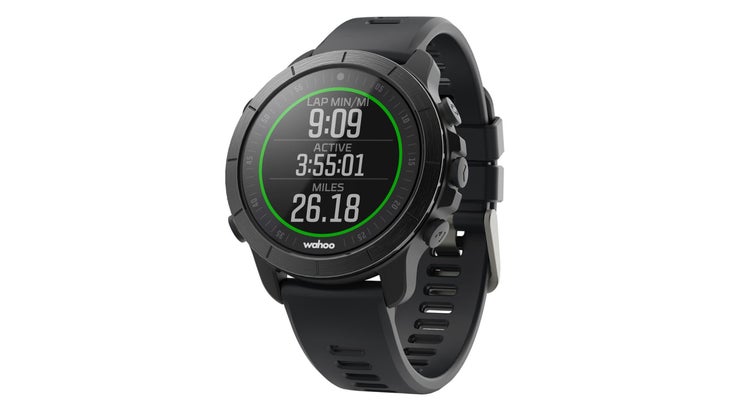New perk! Get after it with local recommendations just for you. Discover nearby events, routes out your door, and hidden gems when you sign up for the Local Running Drop.

Wahoo Elemnt Rival | $430 (44mm)
Rating: ★ ★ ★
Weight: 47.1g
Basics
A lifestyle watch with an impressive level of bells and whistles standard in the Apple suite. New ECG and heart-rate features, along with Apple Fitness+, make it appealing for general fitness, but without the tri-specific functionality of a more sport-focused watch.
Pros
- Connection to a phone number enables some truly mind-blowing lifestyle features
- New ability to track ECG and heart-rate variability are nearly medical-grade
- Well-designed and pretty
- Comes in 40mm and 44mm sizes, with a variety of higher-end bands options
Cons
- Surprisingly poor battery life
- Workout modes are lacking in the features triathletes would expect
- Requires an iPhone
